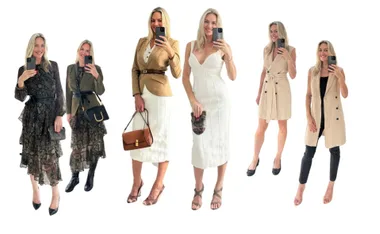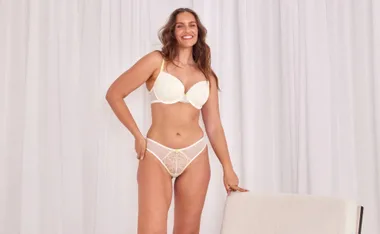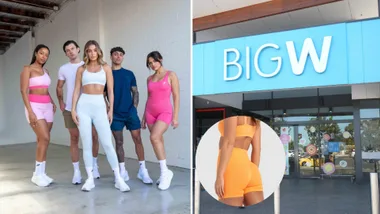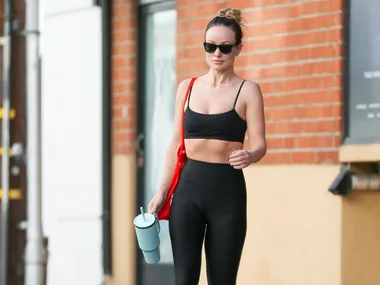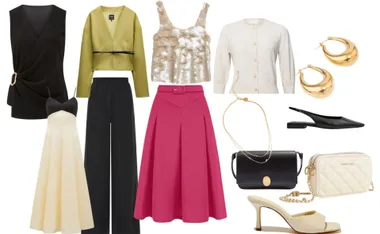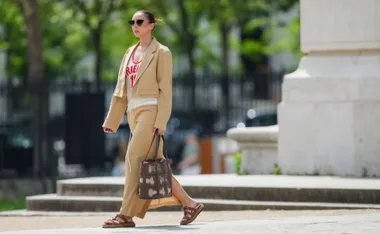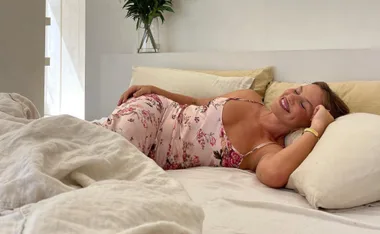Fashion has long held the immense power of capturing the zeitgeist. Dior’s body-shaping New Look reflected a return to opulence and femininity in a post-war world, while the 1980s were a decade defined by power dressing as women flocked to the workforce.
In Australia, it’s Flemington Racecourse’s Melbourne Cup Carnival that always leads the style stakes. The annual Fashions on the Field competition is a stage for trendsetting, attitude shifting, and self-expression, powered by style-savvy racegoers.
This year, the Victoria Racing Club is celebrating 60 years of the iconic fashion event with a new theme of inclusivity. In 2022, the major women’s and men’s racewear competitions will adapt to the ‘Best Dressed’ and ‘Best Suited’ awards, encouraging everybody to enter either category based on their personal style.
To gather inspiration for your race day outfit, we highlight the key sartorial moments from the last six decades of Fashions on the Field, from Jean Shrimpton’s radical shift dress to Princess Diana’s timeless ensemble.

1960s
While clothing in the early 60s was conservative and classic, more skin and brighter colours stole onto the fashion scene as the decade ticked on. On Derby Day in 1965, English model Jean Shrimpton sparked outrage by stepping out in a white minidress — sans gloves, stockings, or hat, seizing that mid-60s mod style.

1970s
Maxi-dresses, floral prints, knee-high boots, and tie-dye were the reigning style stamps of the 70s. But pant and skirt suits were also rising in popularity, both on and off the track. Above, Fashions on the Field entrants make a case for sophisticated suiting in 1971.

1980s
The Princess of Wales herself made an appearance at the Melbourne Cup in 1985. Whilst vibrant colour, taffeta and shoulder pads were dominating the turf, Princess Diana appeared in a classic black and white suit. The contrasting monochrome look, complete with elegant pearl earrings and subtle bow stockings, was a balm for the eyes against brash 80s fashion.

1990s
An explosion of bright colours, conversation-starting headwear, and skirt-suit sets defined the racing style aesthetic of the 90s. Pared-back, spaghetti-strap dresses carved a place for wearers on the turf, too.

2000s
A fusion of vintage, bohemian, and futuristic style (think leather, shiny materials, and mini-skirts) were at the core of noughties dressing. On the turf, this translated to flowing, mixed-material dresses and hats — as seen on Tara Moss and Rachel Griffiths at The Melbourne Cup in 2004.

2010s
In 2012, Fashions on the Field celebrated 50 years in Australia. That same year, Nicole Kidman made an appearance on Derby Day wearing a vintage inspired L’Wren Scott dress crafted from organic silk and lace. 2010s’ trends pulled style aesthetics from decades past, proving everything old is new again; just as Nicole’s ensemble was influenced by Audrey Hepburn in My Fair Lady.

2020s
Above, the face of MYER, Jennifer Hawkins fuses old and new traditions, as racewear at the Carnival now celebrates diversity, creativity, and personal flair. Tradition is challenged as hats are exchanged for crowns or pearl-encrusted headbands, while statement accessories and exaggerated silhouettes compete in a bid for attention.
For MYER Fashions on the Field 2022, gendered dressing has dissolved, and the catwalk has become an inclusive mass parade. Feeling inspired? Enter MYER Fashions on the Field (the digital competition is open until October 9th) or join the mass parade on key times each race day. Just for participating, you’ll receive a complimentary glass of bubbles to drink within the Fashion Garden — so everyone’s a winner.
Brought to you by Victoria Racing Club

